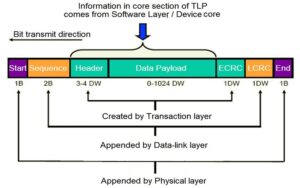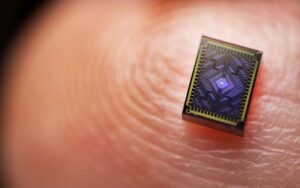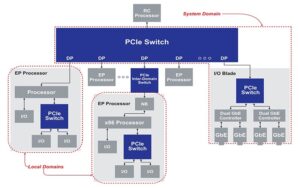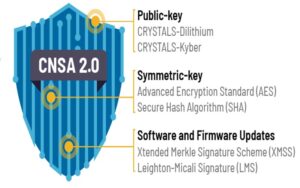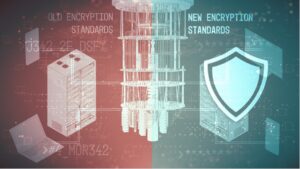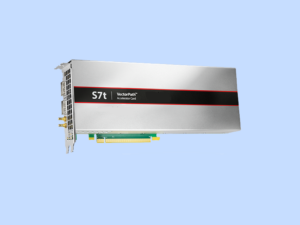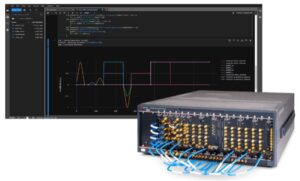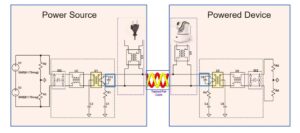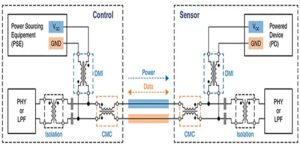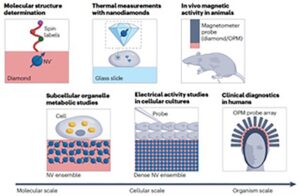The Peripheral Component Interconnect Express (PCIe) is a high-speed serial computer expansion bus standard. It’s the common motherboard interface in systems from personal computers to servers and storage devices and is used with graphics cards, sound cards, hard disk drive host adapters, SSDs, Wi-Fi, and Ethernet hardware connections. It uses a three-layer protocol stack to […]
FAQ
What are the five types of quantum computers?
There are several ways to make the quantum bits (qubits) that comprise quantum computers. The classic image of the “chandelier” descending into a cryostat only represents qubits that need to operate near 0 Kelvin (K). They are used by IBM, Google, and others, but those pictures present a very limited view of quantum computing. This […]
What’s a PCIe root complex?
The root complex in PCI Express (PCIe) is the intermediary between the system’s central processing unit (CPU), memory, and the PCIe switch fabric that includes one or more PCIe or PCI devices. It uses the link training and status state machine (LTSSM) to manage connected PCIe devices. The LTSSM detects, polls, configures, recovers, resets, and […]
Post-quantum crypto standardization — what’s next?
Analysis and possible pushback from users may be among the next steps in the development of post-quantum cryptography (PQC) by the National Institute of Standards and Technology (NIST). NIST has started the process of standardizing the four finalist algorithms. That’s the last step before developing the mathematical tools and making the tools available so developers […]
Post-quantum crypto standardization — where we are
Post quantum cryptography (PQC) standardization is a program being run by the National Institute of Standards and Technology (NIST). It began in 2016, and by the end of 2017, NIST had received 82 submissions, of which 69 were accepted for further consideration. Through successive rounds of elimination, the number of proposals dropped from 69 to […]
How many PCIe card sizes exist today, and where are they used?
There are five standard sizes for PCIe cards and two sizes of mini PCIe. In addition, some larger PCIe slots can accommodate more than one card using a process called bifurcation. This FAQ looks at the five standard sizes and common uses for them. Then turns to mini PCIe and its applications and closes with […]
What’s quantum control and how is it used?
Quantum control has several uses. Its primary use is to prevent the performance degradation of quantum computers as a result of the decoherence of qubits. It’s also an important function in the field of quantum sensing; for information on that application, see the FAQ on “What’s a quantum sensor?” This FAQ reviews the current status […]
What inductor characteristics are needed for PoDL in Single-Pair Ethernet?
Basic Single-Pair Ethernet (SPE) requires at least a common mode inductor (CMI). When power over data line (PoDL) functionality is added, so is a differential mode inductor (DMI) and sometimes an isolation transformer. These magnetic elements interact and can reduce SPE performance. Correctly specifying them is important to ensure efficient operation and reliable data transfer. […]
What’s the difference between an SPE isolation inductor and a transformer?
Single-Pair Ethernet (SPE) isolation inductors and transformers are available in several configurations. They are used in applications where simple capacitive isolation is not sufficient. There are two types of SPE isolation transformers: simple chip transformer designs and so-called case transformers that combine isolation functions with common mode rejection. This article examines the applications for SPE […]
What’s a quantum sensor?
Quantum sensing is important in the control of quantum computers and in advanced sensor applications ranging from navigation to medical diagnosis. For a discussion of quantum control, check out the FAQ “What’s quantum control and how is it used?” This FAQ looks at how quantum sensing is used to measure various physical parameters and efforts […]
